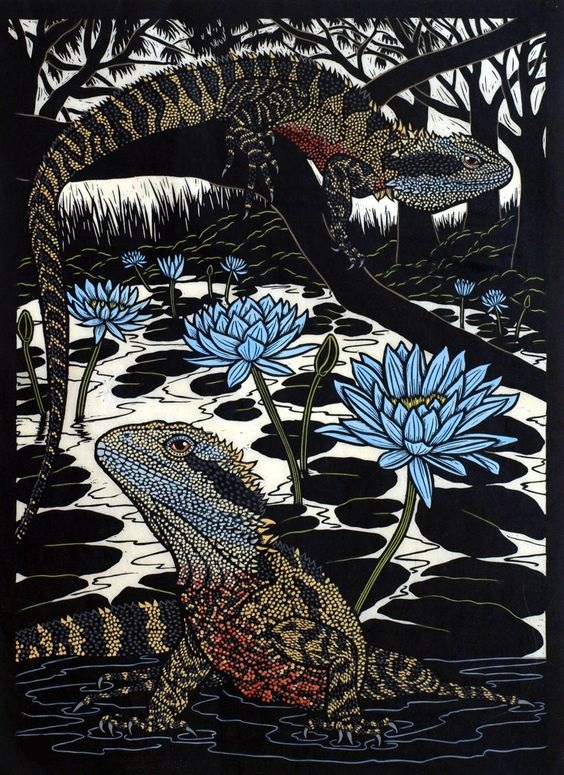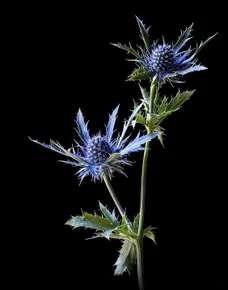
big or small
hearts share the beauty
of dawn in paradise
|
Author Notes
Dedicated to Nippy, a very special Australian Water Dragon
I am not sure if the top picture is an Australian Water Dragon or an iguana, they are similar but not the same. I think the bottom picture is an Australian water dragon. I looked for a long time for the right picture and I fell in love with the pictures I used. My apologies if it's not the right lizard.
The Australian water dragon is native to eastern Australia from Victoria northwards to Queensland. - click here if you want to read more
HAIKU is a Japanese short unrhymed poem that uses imagistic language to express the essence of a deeply felt moment in time. It resonates on a deeper level, leaving the reader enlightened and making an insightful connection between the top two lines and the last one, called the SATORI. It originated in the thirteenth century and was mastered a century later by Matsuo Basho. HAIKU uses a dash to pause before the SATORI.. Haiku is about nature and it alludes to a season of the year. The haiku is written from an observer's point of view. In Japan, haiku is written in 17 syllables and three lines ( 5/7/5) but in English is 17 syllables OR LESS because English syllables are longer than Japanese syllables. Avoid capitalization (except proper names) and punctuation. Avoid metaphor and personification, you write about what you can SEE. === click here to read Haiku Society of America, HAIKU EXAMPLES === click here to read Haiku Society of America HAIKU RULES === click here to read why is 5/7/5 OR LESS rule
Thank you very much for taking the time to read and review my poem.
Gypsy
"Poetry heals the wounds inflicted by reason." - Novalis
pictures from pinterest
|
|




